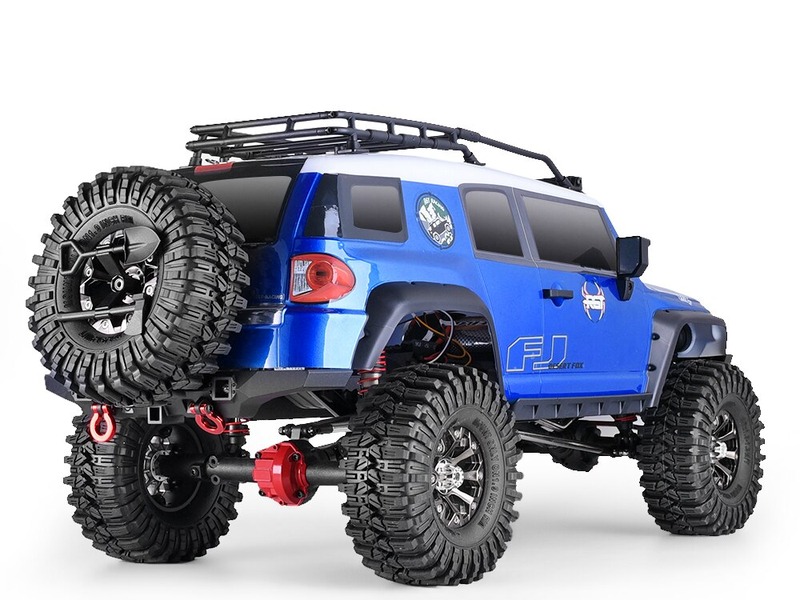How hot can a RC car get?

The answer to the question of how hot a RC car can get depends on several factors. The type of RC car, the type of motor, the voltage of the motor, the speed of the car, the terrain, and the environment are all factors that can affect the temperature of the RC car.
RC cars typically use brushed motors. Brushed motors are typically the least expensive option and are the most common type of motor used in RC cars. They are not as efficient as brushless motors, but they are more affordable. The voltage of the brushed motor is typically 7.2 volts, but can range from 6 to 12 volts depending on the type of car. The higher the voltage, the faster the car can go and the more heat it can generate.
The speed of the car also affects how hot it can get. The faster the car goes, the more heat it can generate. Faster speeds generate more friction and more heat. The terrain that the car is being driven on can also affect the temperature of the car. Driving on dirt, grass, or other rough surfaces can generate more heat as the car has to work harder to move forward.
Finally, the environment that the car is in can also affect its temperature. Driving in hot or humid climates can cause the car to heat up faster as the air is less dense and can't take away as much heat from the car as cooler, dryer air can.
In general, RC cars can get very hot. The speed, voltage, the motor type, the terrain, and the environment can all affect how hot the car can get. At higher speeds, the car can generate a lot of heat and become very hot. It is important to monitor the temperature of your RC car to prevent it from getting too hot and potentially damaging the motor or other components.
It is also important to make sure that your RC car is not exposed to extreme temperatures. Driving an RC car in very hot or very cold temperatures can cause the car to overheat or the components to freeze. In order to keep your RC car running at its best, it is important to make sure it is stored in a cool, dry place when not in use.
Comments / Question
1. Make sure the motor and battery are not overworked.
2. Make sure the RC car is properly ventilated.
3. Use a motor heat sink to dissipate heat.
4. Make sure the motor is not running at too high of a voltage.
5. Make sure the RC car is not exposed to direct sunlight for extended periods of time.
6. Make sure the RC car is not left running for too long.
7. Make sure the RC car is not driven in extremely hot temperatures.
2. Poor cooling system: If the RC car has a poorly designed cooling system, it won't be able to keep the car cool.
3. Overclocking: If the RC car has been overclocked, it will run hotter than normal.
4. Overcharging the battery: When the battery is overcharged, it will generate more heat than it should, causing the car to overheat.
5. Poorly insulated motor: If the motor isn't properly insulated, it will generate more heat than it should and the car will overheat.

